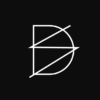In the first term I had been introduced to 4 different collage methods. I have really liked them, so I have decided to talk about them and the way I have applied that knowledge to my work in this post.
The very first one I would like to talk about is juxtaposition. I have seen many collages using this method before without even realising it has a name for it. I was quite surprised, but also I was happy to get to know it. This was the very first method that we had been introduced to, but it was one of those that I had most fun to play with. I was not only able to use in during the workshop, but I have also done more in my sketchbook as well as actual artist book.
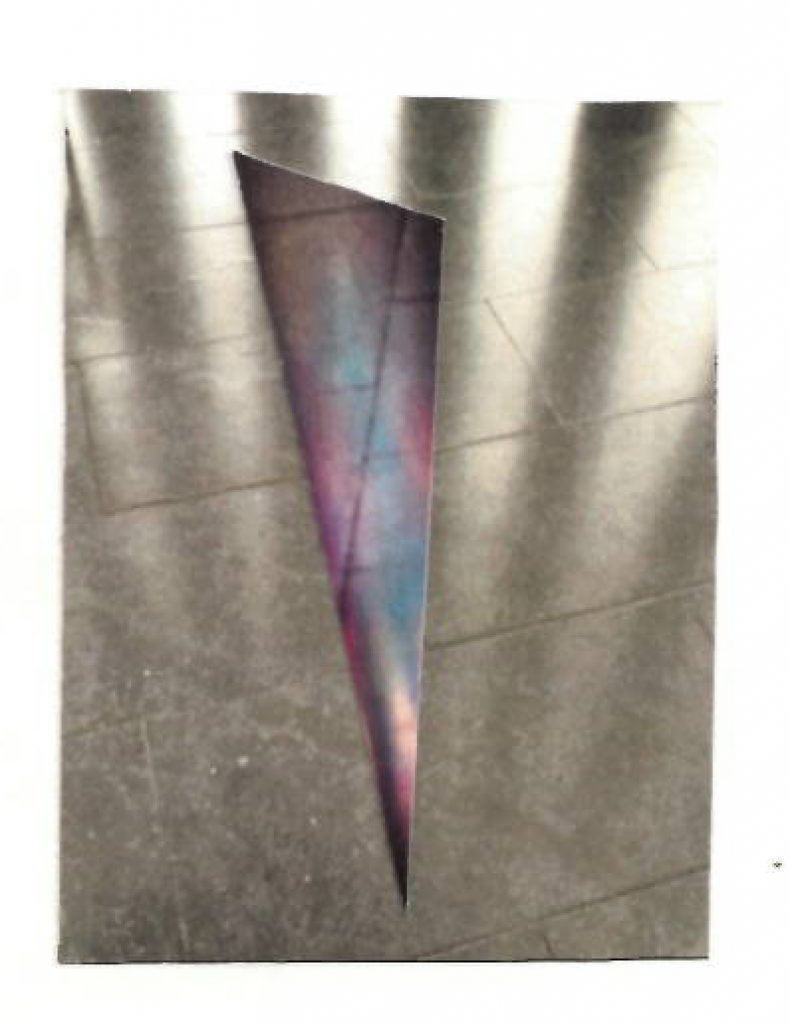
The second collage method I would like to talk about is repetition. It has reminded me those glitchy things that I’m so into, so I instantly liked this method from the looks of it. I had a chance to try it out in the studio, but also I did some sketches. The only downside when it comes to this method that it’s really hard to work with if the image is small as it over complicates everything. So even though I liked this method, I would say it isn’t as practical when working with small images.
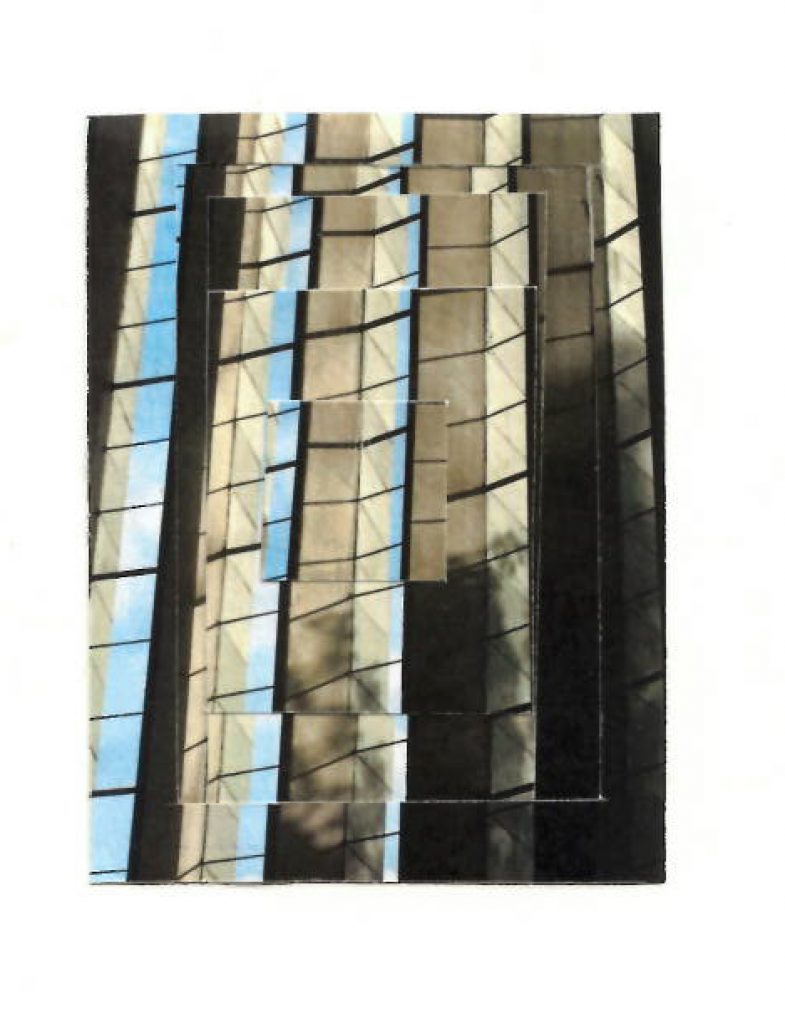
The third method that I have been introduced with was isolation. Personally, I was not the biggest fan of this method and I haven’t got a chance to play with this method as much too. I believe that there’s a lot of room for improvement for this method, but I just don’t feel like it’s the method I would like to work with.
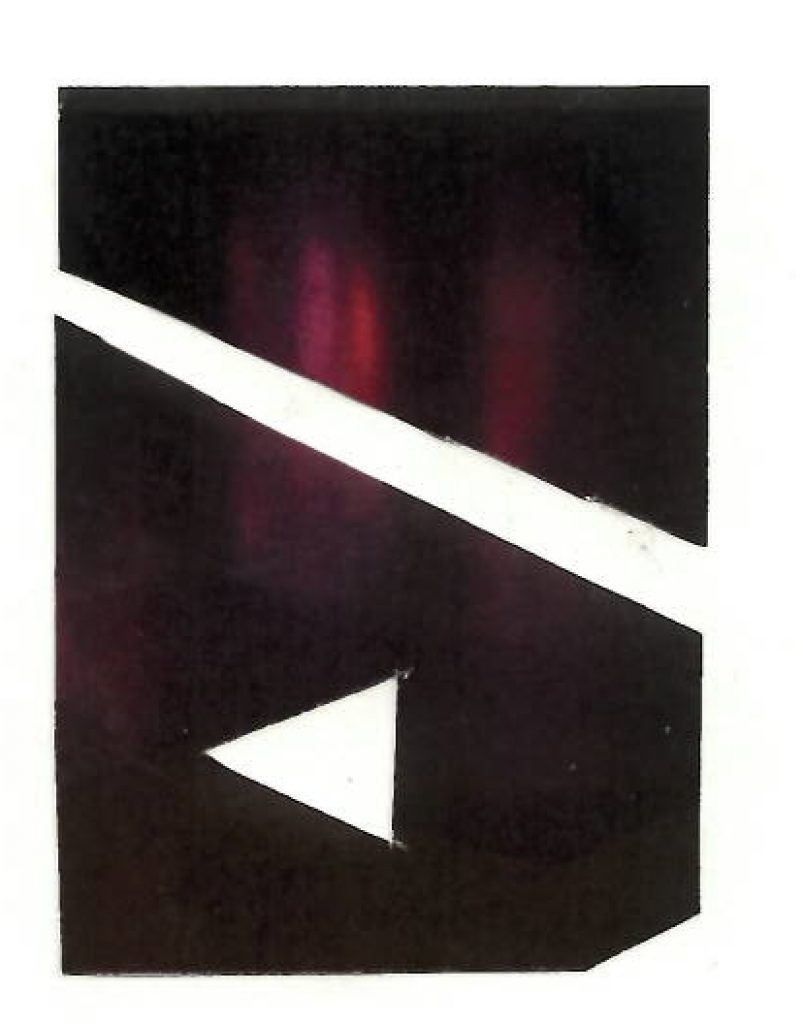
Lastly, the fourth method that I had been working with was rearrangement. I really liked this method and I even got a chance to apply it to my work as well as I have done some sketches. This is one of those methods that I would consider as trippy to be honest, that was probably one of the reasons I liked it so much. In general I like optical and trippy things, so this was definitely one of the reasons.
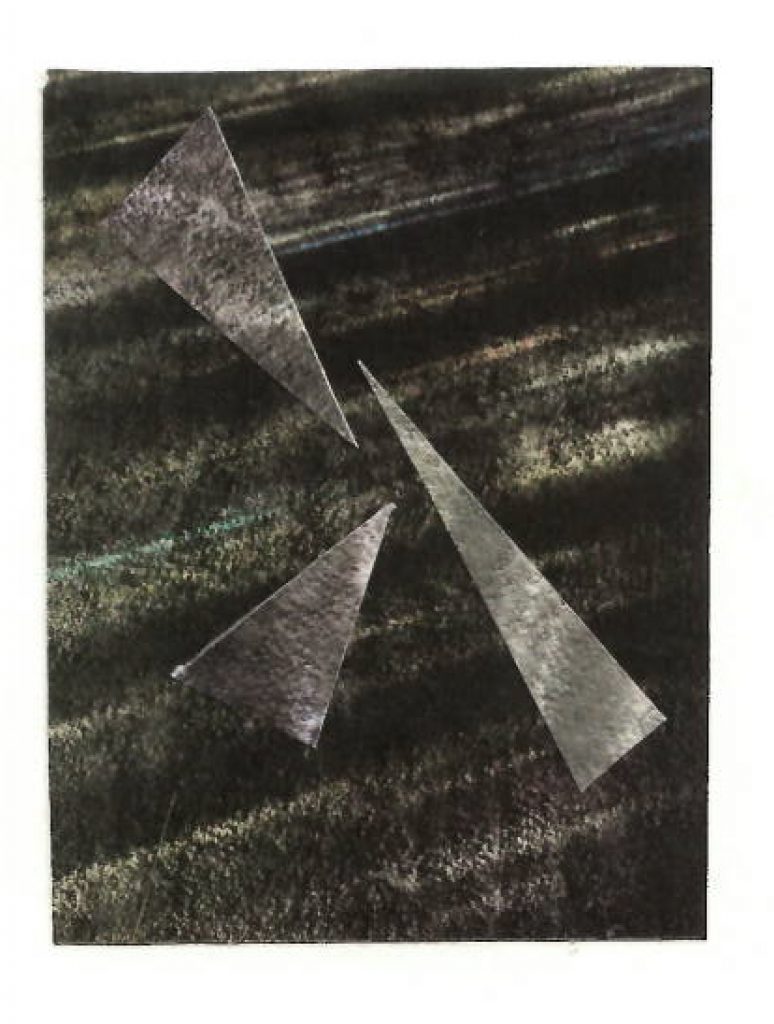
Because I liked to work with such methods, before starting to put together my artist book I have decided to research some more methods for collaging. There was a few that I came across, but my personal favourite was what the author called in the book “squares and rectangles.” It’s literally a few images that has been cut into such shapes to make a new piece of work. I have also found an interesting thing that I could use my old artwork that I don’t like and give it a new purpose by cutting it to pieces and putting it all together by making something new.
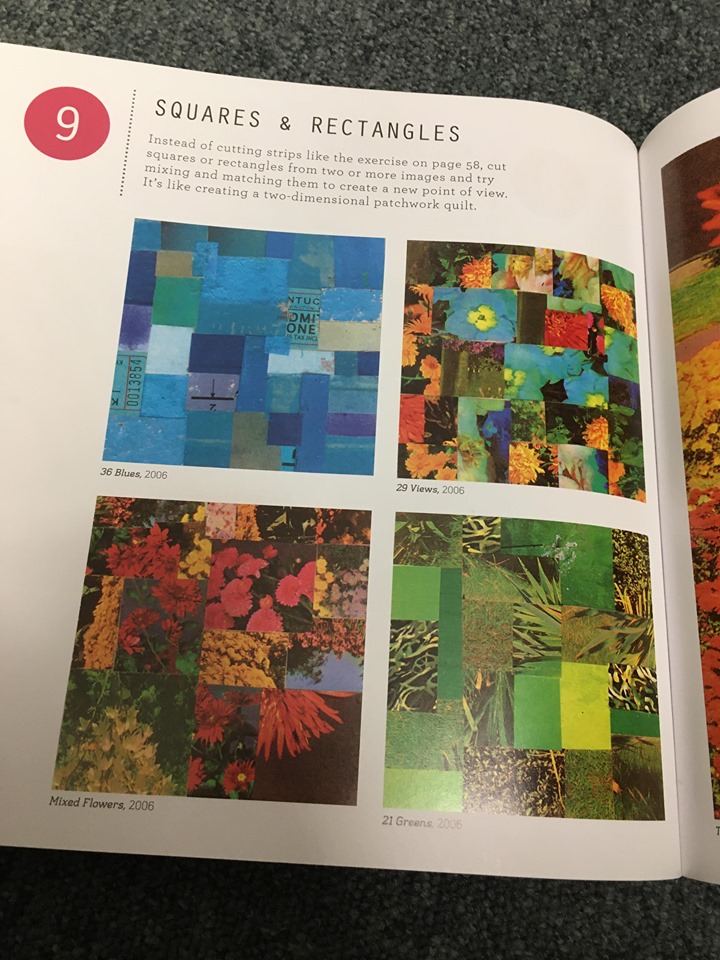
When it comes to these collaging methods that I have learned about I felt like rearrangement as well as juxtaposition worked really well with the concept of light for my artist book, this is why I have decided to use these methods. It wasn’t only the idea that I liked them a lot, it was also the fact that it was definitely useful for me to learn about them.
